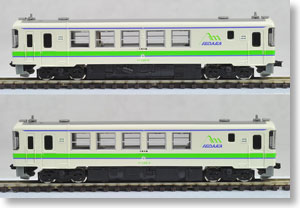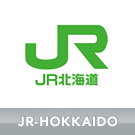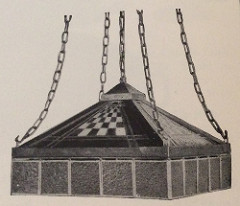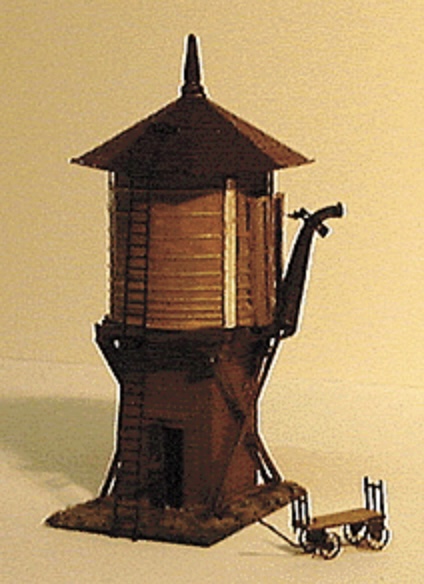Road Name History: The Hokkaido Railway Company (北海道旅客鉄道株式会社 Hokkaidō Ryokaku Tetsudō Kabushiki-gaisha) is one of the constituent companies of Japan Railways Group (JR Group), and is often referred to using its official abbreviation of JR Hokkaido (JR北海道 Jeiāru Hokkaidō). It operates intercity rail services in Hokkaido, Japan. The company introduced Kitaca, a smart card ticketing system, from autumn 2008.
At the time of its privatization in 1987, JR Hokkaido operated 21 railway lines totalling 3,176.6 kilometres (1,973.8 mi) of narrow-gauge (1,067 mm (3 ft 6 in)) track, as well as a ferry service to Aomori. Since then, that number has dwindled to just below 2,500 kilometres (1,600 mi), as unprofitable lines have been shut down or spun off (in the case of the Hokkaidō Chihoku Kōgen Railway). The ferry service has also been replaced by the Seikan Tunnel.
On 19 November 2016, JR Hokkaido's President announced plans to further rationalise its network by up to 1,237 km, or ~50% of the current network, including closure of the remaining section of the Rumoi Main Line (the Rumoi - Mashike section closed on 4 December 2016), the Shin-Yubari - Yubari section of the Sekisho Line, the non-electrified section of the Sassho Line and the Nemuro Line between Furano and Kami-Ochiai Junction. Other lines including the Sekihoku Main Line, Senmo Main Line, the Naroyo - Wakkanai section of the Soya Line and Kushiro - Nemuro section of the Nemuro Line are proposed for conversion to Third Sector operation, but if local governments are not agreeable, such sections will also face closure.
Hokkaido Railway's headquarters are in Chūō-ku, Sapporo.
From Wikipedia
At the time of its privatization in 1987, JR Hokkaido operated 21 railway lines totalling 3,176.6 kilometres (1,973.8 mi) of narrow-gauge (1,067 mm (3 ft 6 in)) track, as well as a ferry service to Aomori. Since then, that number has dwindled to just below 2,500 kilometres (1,600 mi), as unprofitable lines have been shut down or spun off (in the case of the Hokkaidō Chihoku Kōgen Railway). The ferry service has also been replaced by the Seikan Tunnel.
On 19 November 2016, JR Hokkaido's President announced plans to further rationalise its network by up to 1,237 km, or ~50% of the current network, including closure of the remaining section of the Rumoi Main Line (the Rumoi - Mashike section closed on 4 December 2016), the Shin-Yubari - Yubari section of the Sekisho Line, the non-electrified section of the Sassho Line and the Nemuro Line between Furano and Kami-Ochiai Junction. Other lines including the Sekihoku Main Line, Senmo Main Line, the Naroyo - Wakkanai section of the Soya Line and Kushiro - Nemuro section of the Nemuro Line are proposed for conversion to Third Sector operation, but if local governments are not agreeable, such sections will also face closure.
Hokkaido Railway's headquarters are in Chūō-ku, Sapporo.
From Wikipedia
Brand/Importer Information:  Tomix is a brand of Takara Tomy, a large Japanese conglomerate of companies that makes toys and games for the international marketplace. The Tomix brand (along with the Tomytec brand) are both managed by the Tomytec subsidiary/division of Takara Tomy. Prior to 1976 Tomy produced model trains using the "Tomy" brand name of the products. In 1976, they launched the new brand "Tomix" to segregate their model trains from their childrens toy lines.
Tomix is a brand of Takara Tomy, a large Japanese conglomerate of companies that makes toys and games for the international marketplace. The Tomix brand (along with the Tomytec brand) are both managed by the Tomytec subsidiary/division of Takara Tomy. Prior to 1976 Tomy produced model trains using the "Tomy" brand name of the products. In 1976, they launched the new brand "Tomix" to segregate their model trains from their childrens toy lines.
Generally it can be difficult to understand why Tomytec releases some items using the Tomix brand and others using the Tomytec brand. There are some generalizations we have observed. Thomas the Tank Engine falls under Tomix, as do the JNR steam engines as well as bullet trains (Shinkansen) and track cleaning cars. Maybe another curator can step in and elaborate on this section.

Generally it can be difficult to understand why Tomytec releases some items using the Tomix brand and others using the Tomytec brand. There are some generalizations we have observed. Thomas the Tank Engine falls under Tomix, as do the JNR steam engines as well as bullet trains (Shinkansen) and track cleaning cars. Maybe another curator can step in and elaborate on this section.
Manufacturer Information: 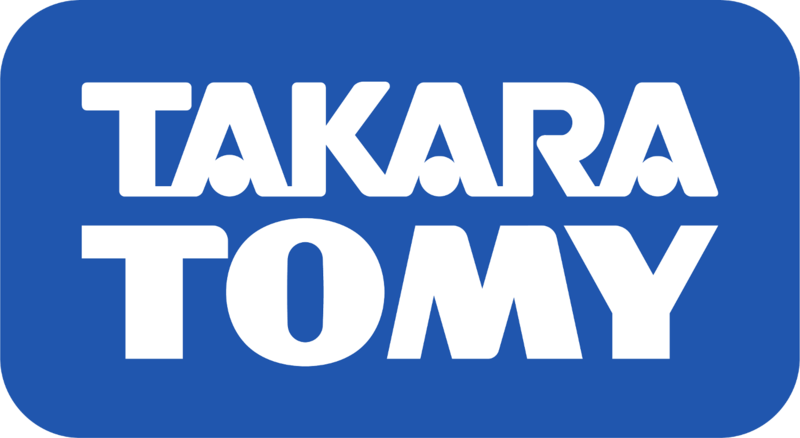 Largely a Japanese manufacturer of children's toys and baby products, Takara Tomy has established a number of different subsidiary companies, with sales offices and factories located in various locations around the world. The firm is the product of a 2006 merger-of-equals between Tomy and Takara.
Largely a Japanese manufacturer of children's toys and baby products, Takara Tomy has established a number of different subsidiary companies, with sales offices and factories located in various locations around the world. The firm is the product of a 2006 merger-of-equals between Tomy and Takara.
Takara Tomy produces N Scale model trains under their Tomytec division (we use the term loosely because it is actually a more complex relationship) using two different brand names "Tomytec" and "Tomix". Technically speaking these are not brands in the Western sense but rather they more closely resemble subsidiaries -of-subsidiaries, and where they fit in the corporate org chart may be the matter for a Master's thesis, but for our purposes we can think of them as simply two different brands with one manufacturer. In the past (prior to 1976) some model train products were branded simply "Tomy". To further confuse things, since 2000, outside of Japan, the company goes by the simple name, "Tomy" for their international subsidiaries.
If you consider both brand names as a single company, then the Tomytec/Tomix product line is the largest of its kind in Japan; with Kato following in second place (as of 2017). While Takara Tomy products are popular around the world, the firm's focus on children's toys has limited the international acceptance and distribution of its Tomytec model railroad products. Furthermore, unlike Kato, their focus tends to be heavily skewed towards Japanes prototypes.

Takara Tomy produces N Scale model trains under their Tomytec division (we use the term loosely because it is actually a more complex relationship) using two different brand names "Tomytec" and "Tomix". Technically speaking these are not brands in the Western sense but rather they more closely resemble subsidiaries -of-subsidiaries, and where they fit in the corporate org chart may be the matter for a Master's thesis, but for our purposes we can think of them as simply two different brands with one manufacturer. In the past (prior to 1976) some model train products were branded simply "Tomy". To further confuse things, since 2000, outside of Japan, the company goes by the simple name, "Tomy" for their international subsidiaries.
If you consider both brand names as a single company, then the Tomytec/Tomix product line is the largest of its kind in Japan; with Kato following in second place (as of 2017). While Takara Tomy products are popular around the world, the firm's focus on children's toys has limited the international acceptance and distribution of its Tomytec model railroad products. Furthermore, unlike Kato, their focus tends to be heavily skewed towards Japanes prototypes.
Item created by: CNW400 on 2021-04-06 10:26:06. Last edited by CNW400 on 2021-04-06 10:26:07
If you see errors or missing data in this entry, please feel free to log in and edit it. Anyone with a Gmail account can log in instantly.
If you see errors or missing data in this entry, please feel free to log in and edit it. Anyone with a Gmail account can log in instantly.


